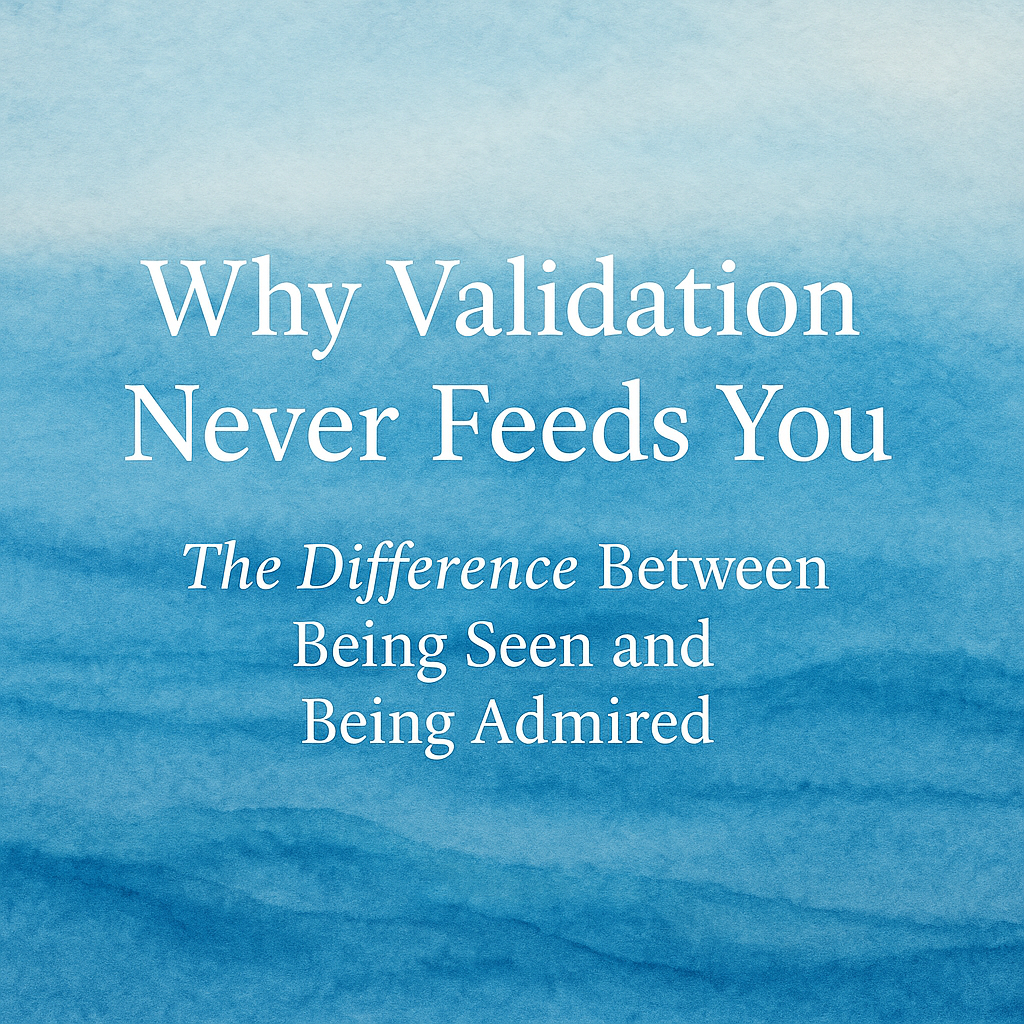The psychopathic personality is often misunderstood, feared, and caricatured in pop culture. But beneath the clinical language and moral panic lies a structure of profound psychological pain. Not all psychopaths are serial killers—but some are. And when a crime shocks the conscience of a nation, understanding the perpetrator through the lens of personality structurePersonality Structure refers to the components of an individual’s personality, including the id, e… offers not excuses, but insightInsight refers to the understanding and awareness clients gain about their thoughts, feelings, and b….
Bryan Kohberger—who confessed to the brutal murder of four University of Idaho students—is possibly such a case, although we cannot always diagnose from afar. The eerie calm, the forensic planning, the emotional flatness, the fascination with criminology, and the history of heroin addiction all speak to a chilling configuration of the self: a personality organized not around feeling or connection, but around domination, contempt, and emotional deadness.
This article unpacks the psychopathic personality in its full psychoanalytic depth, using Kohberger as a possible case example. We go far beyond DSM criteria or true crime speculation to explore how such a person is formed, how they function, and how their inner world—though incomprehensible to most—can be made intelligible through the lens of early traumaTrauma refers to the emotional and psychological response to a deeply distressing or disturbing even…, defense, and object relationsObject Relations refers to the emotional and psychological relationships individuals develop with si….
What Is the Psychopathic Personality?
The psychopathic personality is not just a cluster of antisocial behaviors. It is a pervasive and deeply embedded way of being in the world—a structure of self and other that reflects profound developmental failure.
Key traits include:
-
- An absence of guilt, remorse, or empathyEmpathy is the ability to understand and share the feelings of another person. In psychodynamic ther…
-
- A manipulative, instrumental approach to relationships
-
- Shallow affectAffect refers to the experience of feeling or emotion that can be expressed through facial expressio… and poor frustration tolerance
-
- Sadistic pleasure in domination or deception
-
- A grandiose self-imageSelf-Image refers to the way individuals perceive themselves, including their attributes, values, an… coupled with emotional detachment
But these traits are not simply “evil.” They are the visible scaffolding of a deeper psychic collapse: a failure to develop a cohesive self capable of tolerating vulnerabilityVulnerability refers to the willingness to expose one’s feelings, thoughts, and experiences in a g…, sustaining love, or metabolizing shame.
The Psychopathic Self: Hollow, Fragmented, and Cut Off from Feeling
At the core of this personality lies a collapsed emotional interior. The person does not have a stable, meaningful internal world. There is little capacity for fantasy life, imagination, or symbolic richness. Instead, the inner world is flat, fragmented, and affectively numb.
To manage this inner void, the person:
-
- Avoids affective states entirely, especially sadness, fear, or dependency
-
- Enacts power-based fantasies to feel alive
-
- Uses others as external props to stabilize an internal world that cannot hold itself together
There is no “true self” in the conventional sense. The internal structure is built around falsehood and manipulation, because authentic feeling is either inaccessible or terrifying.
Affect Tolerance and Emotional Detachment
Affect tolerance—the ability to experience and metabolize feelings—is severely impaired. Unlike neurotic or even borderline personalities, the psychopathic person does not repress emotion so much as evacuate it. Emotional states are too threatening, too destabilizing.
As a result:
-
- Rage replaces sadness
-
- Contempt replaces fear
-
- Control replaces longing
This creates an emotional monotone, punctuated by sadistic pleasure or cold revenge fantasies. The person feels “alive” only when dominating, humiliating, or evading accountability.
Kohberger’s post-crime behavior—returning to the scene, participating in online conversations about the murder, and showing no remorse—fits this pattern. His crime was not an emotional explosion, but an emotional solution: a way to organize a deadened internal world around an act of ultimate control.
Defensive Operations: How the Personality Protects Itself
The psychopathic structure is defended by some of the most primitive psychological defenses:
-
- Denial: Not just of external realities, but of inner states—“I’m not afraid,” “I don’t care,” “They deserved it.”
-
- ProjectionProjection is a defense mechanism where individuals attribute their own unwanted thoughts, feelings,…: Unwanted traits (weakness, neediness, inferiority) are projected onto others, who are then punished for them.
-
- Omnipotent control: The world becomes a stage for asserting dominance. The person must control perception, narrative, and outcome.
-
- Devaluation: Others are idealized briefly, then discarded as contemptible.
-
- Splitting: Good and bad are rigidly separated; people are all-useful or all-disposable.
These defenses are not chosen; they are the only available strategies for managing an internal world that is otherwise unbearable.
Object Relations and Relational Style
The internalized world of the psychopathic person is populated not by complex, loving others, but by:
-
- Cruel figures who humiliate or abandon
-
- Abstracted objects of use
-
- Competitors in a dominance hierarchy
Relationships are either instrumental or adversarial. There is no capacity for mutuality, tenderness, or sustained intimacy.
Kohberger’s interpersonal style reportedly involved condescension, detachment, and intimidation—hallmarks of a relational world organized around one-upmanship and cold distance.
Others become mirrors to reflect his superiority, tools to advance his image, or threats to be neutralized. His interest in criminology, far from being academic, may have served this inner need to master power and escape vulnerability.
Addiction as a Prosthetic Attachment
Heroin addiction plays a central role in understanding Kohberger’s inner world. For the psychopathic personality, substances are not about euphoria or rebellion—they are about survival.
Heroin, in particular, acts as a synthetic attachment figure. It soothes the raw nervous system. It quiets the unnameable terror that lies beneath grandiosity. It substitutes for maternal containment in a person who likely never experienced it.
Addiction here is not comorbid. It is a functional adaptation—a chemical means of organizing a psyche too disorganized to self-soothe. But as the drug loses its potency, the person may seek stronger methods of stimulation—enactments of domination, including murder.
Kohberger’s shift from heroin use to brutal, calculated violence may represent not a breakdown, but a logical next step in the collapse of a psyche that can no longer regulate itself.
Fantasy, Violence, and the Illusion of Aliveness
Violent fantasies in the psychopathic mind do not arise from simple hatred or impulse. They are often meticulously constructed internal worlds—the only place where the person feels powerful, coherent, and real.
In such fantasies:
-
- Victims are depersonalized
-
- The self is omnipotent
-
- The violence is not emotional, but ritualized
The act of killing, then, is not rage. It is a performance of identity. A way to transcend the internal void.
Kohberger’s stalking behavior, planning, and post-crime monitoring suggest this kind of enactment—not of passion, but of grandiose restoration. His victims were not targets of hate. They were chosen to animate his false self.
TransferenceTransference is a phenomenon in therapy where clients project feelings and emotions from past relati… and CountertransferenceCountertransference occurs when therapists project their own feelings and experiences onto the clien… in Therapy
Psychopathic individuals rarely seek therapy voluntarily. When they do, the treatment situation becomes a psychological battlefield:
-
- The therapist is idealized, tested, then devalued.
-
- Attempts at empathy are dismissed or mocked.
-
- The therapist may feel manipulated, enraged, or depersonalized.
These reactions are not failures—they are data. They reflect the internal world of the patient.
Therapy often fails because the individual leaves before any true contact is made. But in rare cases, sustained work can uncover buried pain, frozen mourning, and unacknowledged terror.
Even so, the therapist must be extraordinarily grounded—not just empathetic, but clinically astute. To treat the psychopathic personality is not to correct behavior, but to grieve a self that never fully formed.
Differential Diagnosis: What Psychopathy Is Not
The psychopathic personality can sometimes be confused with other personality structures, particularly because certain outward behaviors—such as impulsivity, emotional flatness, or interpersonal manipulation—can also appear in other disorders. But psychopathy is distinct in both structure and motivation. Understanding what it is not is essential to recognizing what it is.
Versus Narcissistic Personality
Both narcissistic and psychopathic individuals may appear grandiose, exploitative, and emotionally detached. But there are crucial differences:
-
- Narcissistic personalities often seek admiration and validationValidation in CBT involves recognizing and acknowledging one’s feelings or thoughts without judgme…. Their self-esteem is fragile, and they are prone to shame. Underneath their grandiosity is a yearning for love and acknowledgment.
-
- Psychopathic personalities, by contrast, are not motivated by the need for approval. They do not seek closeness, and shame is not prominent in their psychic landscape. Their core defense is not inflated self-regard but emotional disengagement and omnipotent control.
In Kohberger’s case, his lack of visible emotional distress, his cold detachment from others, and his ability to plan and execute a murder without remorse suggest a structure more fundamentally psychopathic than narcissistic.
Versus Borderline Personality
Borderline individuals are often emotionally intense, volatile, and terrified of abandonment. Their relationships are stormy but emotionally meaningful. They tend to experience extremes of love and hate, and though they may act impulsively or even aggressively, they often do so out of emotional desperation.
The psychopathic personality, by contrast, does not fear abandonment because it does not form genuine emotional bonds in the first place. Emotional volatility is largely absent. There is a calm, chilling flatness. Where the borderline patient wants too much from others, the psychopathic person often wants nothing at all, except perhaps control or submission.
Versus Antisocial Behavior Without Structural Personality Disorder
Not everyone who breaks the law is psychopathic. Some individuals engage in criminal behavior due to socioeconomic desperation, trauma, substance dependence, or peer pressure—but maintain intact relationships, capacity for guilt, and access to remorse. In these cases, antisocial behavior reflects adaptation to circumstances, not a deep characterological disorder.
Psychopathy, on the other hand, is a pervasive personality style—not just an action pattern. It shows up in how the person thinks, relates, feels, and structures their internal world across situations and over time.
Kohberger’s crime was not opportunistic or reactive. It was planned, enacted with emotional coldness, and followed by a calculated re-immersion into normal life. These patterns point to a psychopathic structure, not just criminal behavior.
Conclusion: Kohberger as a Case Study in Psychic Collapse
Bryan Kohberger is guilty of an unspeakable act. But to understand him only as a killer is to miss the deeper tragedy: the creation of a person who could kill without feeling.
His inner world likely included:
-
- Early emotional abandonment
-
- A false self constructed around superiority
-
- Addiction as a stand-in for soothing
-
- A fantasy of violence as transcendence
This is not to excuse. It is to explain. Psychopathy is not evil in the moral sense. It is the psychic death of the emotional self, often long before physical violence ever occurs.
Understanding this structure helps us identify those at risk—not just to commit harm, but to disappear behind their own mask. It helps us intervene earlier, set clearer limits, and remain awake to the signs of a personality so defended it cannot feel.
Kohberger is not a mystery. He is a mirror—a reflection of what happens when emotional life dies in childhood and is resurrected only through power, pain, and fear.





